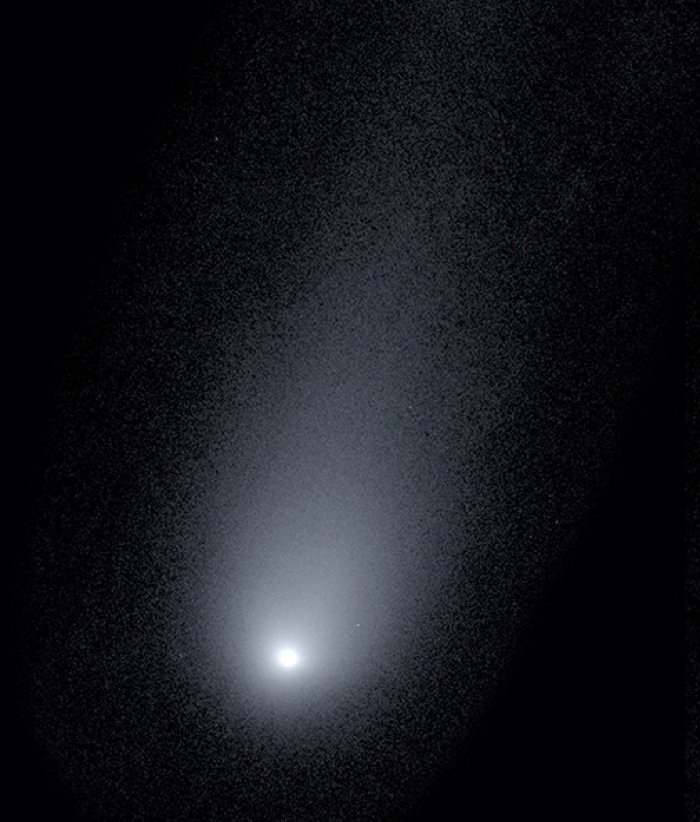The recently discovered, second interstellar comet, dubbed as 2I/Borisov, made its closest approach to the Sun on Sunday, and now the comet is on its way to be closest to our planet on December 28.
The scientists had said that 2I/Borisov will reach the perihelion (closest approach to the sun) and travel about 2 astronomical units (AUs) from the Sun. The average distance between the Earth and the Sun is referred to as one AU or 93 million miles (150 million kilometers).

The comet, which is currently hurtling towards Earth, was named after Gennadiy Borisov, who spotted the comet with a telescope he had made himself. In its citation, the IAU wrote, "The IAU has decided to follow the tradition of naming cometary objects after their discoverers, so the object has been named 2I/Borisov." In this, the 'I' stands for 'interstellar', and '2' for being the second interstellar object ever discovered, after 'Oumuamua, which was detected in October 2017.
Comet came from outside the solar system
Based on the comet's speed and trajectory, the scientists believe that the comet came from outside our solar system, beyond the sun's influence. Reports suggest that 2I/Borisov may release vaporized ice and dust as it passes by the Sun, which eventually might increase the brightness of the comet. On the contrary, the comet might also break up and disintegrate due to the sun's radiation.
Closer view of the comet
Recently, a team of astronomers from Yale University captured a stunning image of 2I/Borisov that gives us a close view of the interstellar object. Reports said that the image was captured using the W.M. Keck Observatory's Low-Resolution Imaging Spectrometer in Hawaii. The white ghostly wrap that can be seen surrounding the icy comet is coma, that refers to "a cloud of gas and dust that drift into space as the object's icy nucleus sublimates in the heat of starlight."
Astronomers said that the comet has a tail shaped element behind it that measures almost 100,000 miles, which is over a dozen Earth diameters in a row, long at present. Pieter van Dokkum, one of the astronomers from the Yale team, said: "It's humbling to realize how small Earth is next to this visitor from another solar system."









